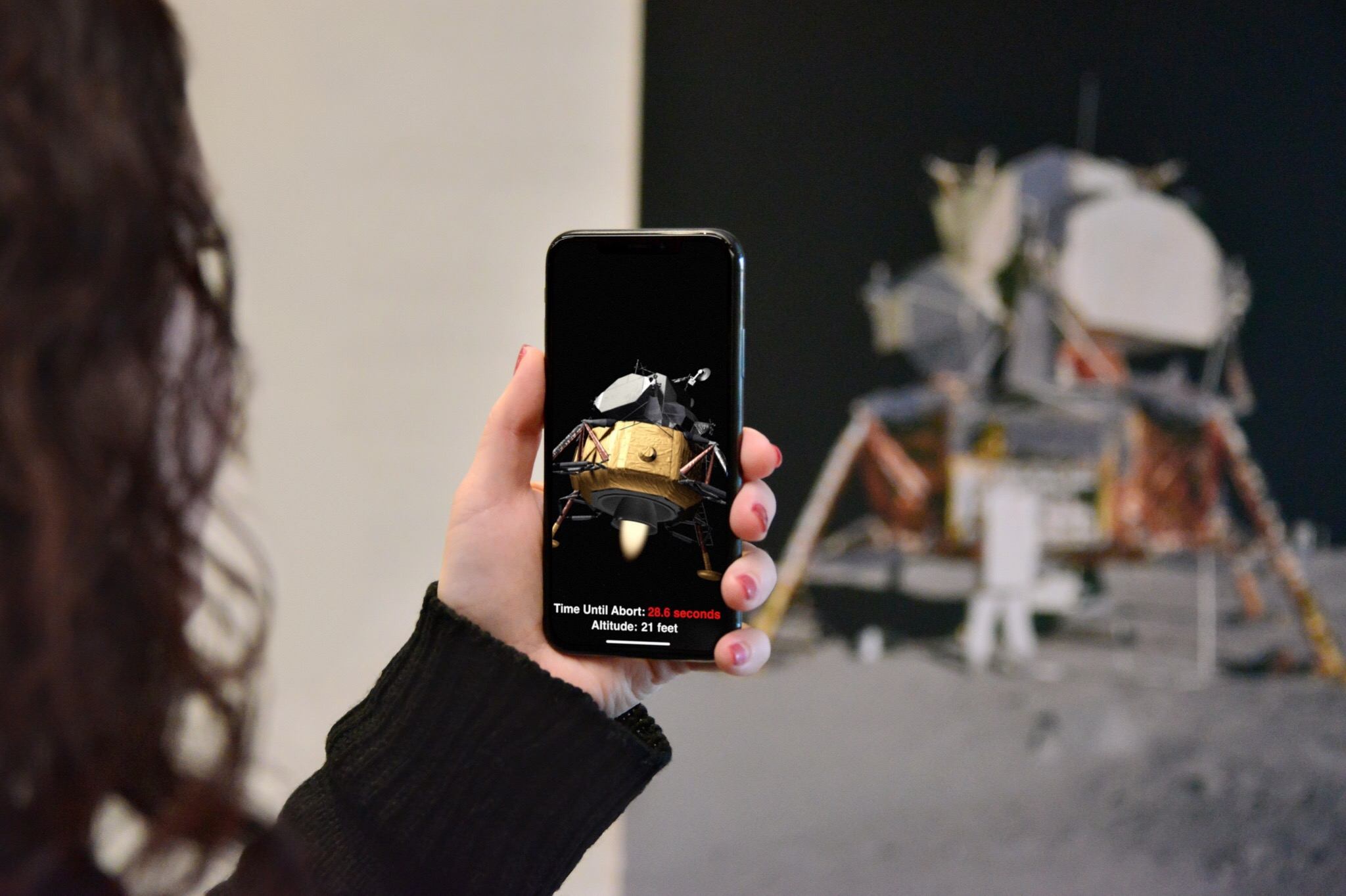Anchor today launched a major new version of its iPhone app, alongside a new web experience for creators. Anchor 3.0 is a ground-up redesign that takes lessons learned in past versions and applies them for the purpose of making podcasting as effortless and accessible as possible.
My prior experience with Anchor has been limited, but every time I’ve given it a try, I came away impressed. The latest update to Anchor isn’t so much about flashy new features, but more about demonstrating a new level of maturity: the interface is now cleaner and easier to navigate, the task of recording and publishing podcasts has never been simpler, and there are new built-in tools available to creators to help make recordings professional-grade.
In preparing this story, I wanted to approach the app as a new user might, documenting the experience of getting set up and creating a new show. Anchor has always done fairly well at being user-friendly, but I think that’s more true now than ever before.










